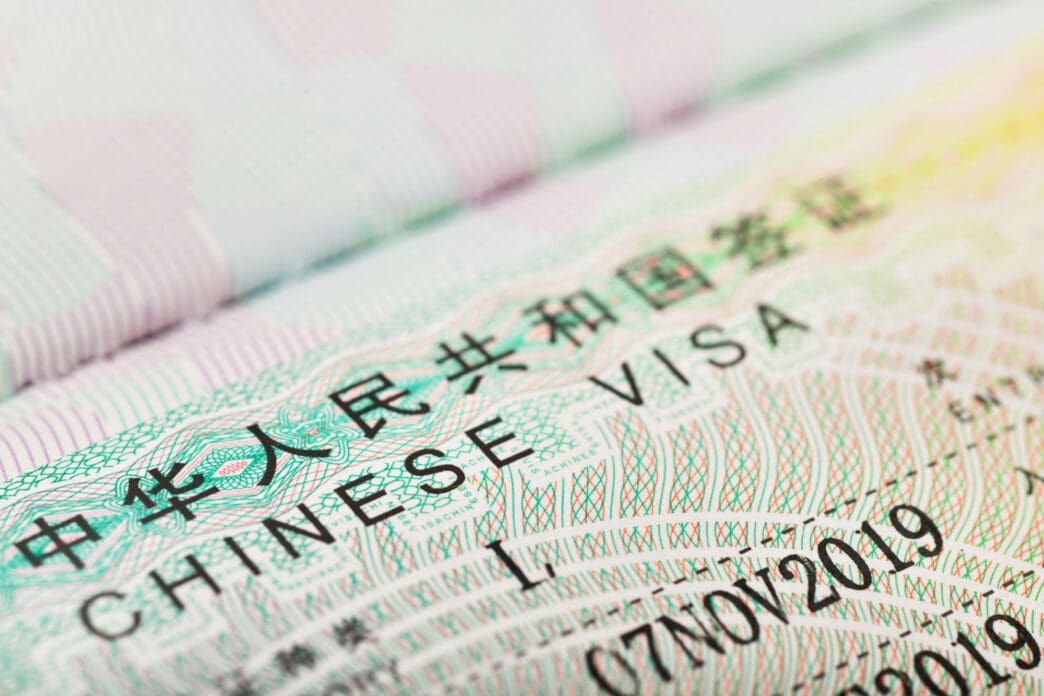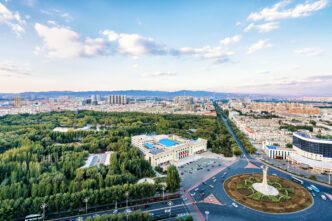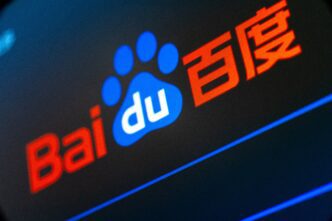Executive Summary
The Story So Far
Why This Matters
Who Thinks What?
China is set to introduce a new “K visa” category on October 1, 2025, specifically designed to attract young foreign talent in Science, Technology, Engineering, and Mathematics (STEM) fields. The move, announced by China’s State Council on August 7, 2025, aims to position the country as a global destination for skilled professionals amidst increasing uncertainty and tighter entry rules for foreign workers, particularly in the United States’ H-1B visa program.
China’s Strategic Talent Play
The K visa marks the thirteenth category in China’s ordinary visa regulations, expanding beyond existing provisions for work, study, business, and family reunions. This initiative is seen as a direct response to global shifts in talent migration, particularly as the US implements higher fees and stricter conditions for its H-1B visa applicants.
According to a report by China Briefing, a publication from pan-Asia professional services firm Dezan Shira & Associates, the new visa category is tailored for young professionals. A note on KPMG’s Our Insights page further specifies that eligible candidates must hold a bachelor’s degree or higher from recognized universities or research institutions in STEM fields, or be young professionals engaged in related research and education.
Visa Features and Flexibility
The K visa is designed to offer significantly more flexibility compared to existing Chinese visa types. It will feature longer validity periods and permit multiple entries into the country.
Holders of the K visa will be authorized to participate in a broad spectrum of activities. These include academic exchanges, scientific and technological collaboration, cultural programs, and engagement in entrepreneurial and business ventures.
A notable departure from other visa categories, the K visa will not require sponsorship from a local Chinese enterprise. Instead, eligibility will primarily be determined by the applicant’s age, academic qualifications, or professional experience in their respective STEM fields.
Global Talent Competition
The timing of China’s K visa rollout coincides with growing concerns and increasing fees associated with the US H-1B program. The introduction of a new USD 100,000 fee for fresh H-1B applicants has prompted many South Asian professionals, particularly from India, to reportedly reconsider their long-term career prospects in America.
By establishing the K visa, China is strategically positioning itself as an attractive alternative for global STEM talent. This initiative reflects Beijing’s broader efforts to bolster its domestic innovation capacity and reinforce its scientific and technological leadership on the international stage.








